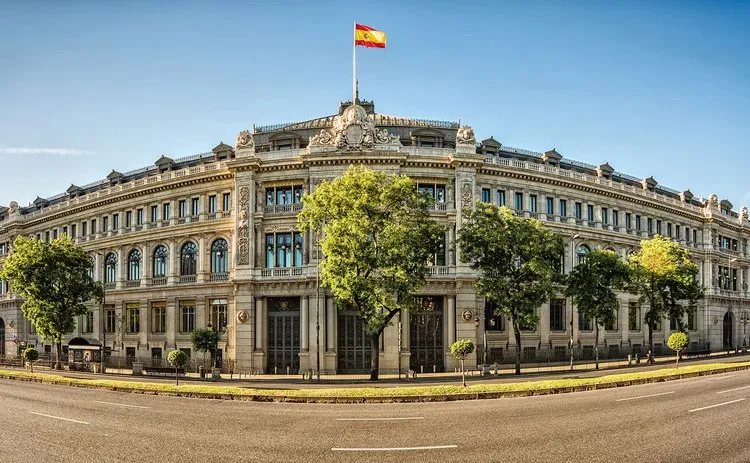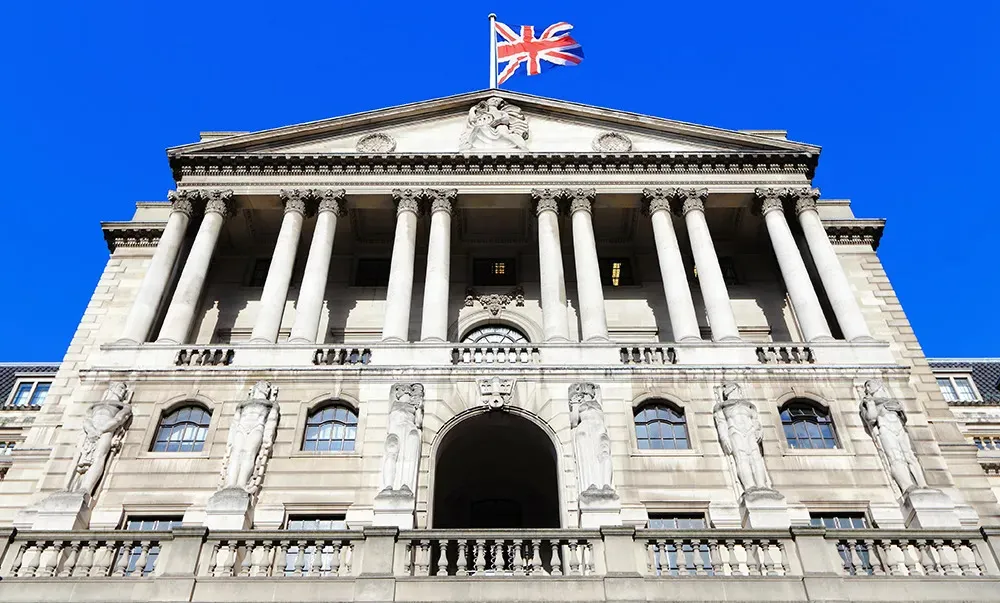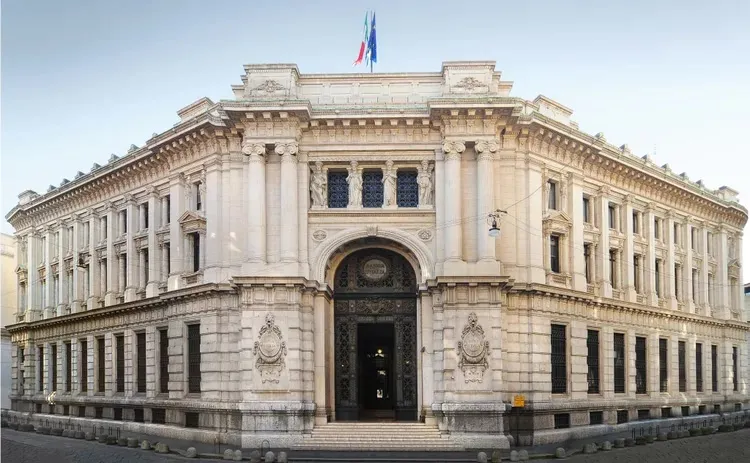The Reserve Bank of India (RBI) is a key player in the global financial system, securing its place as the 12th largest central bank worldwide based on total assets. According to the Sovereign Wealth Fund Institute (SWFI), central banks hold a variety of assets, including foreign exchange reserves, gold, and government bonds, which reflect their economic influence.

RBI’s Asset Growth and Financial Health
In the fiscal year 2024 (FY24), the RBI saw a notable increase in its balance sheet, which grew by 11.07% to ₹70.47 lakh crore, up from ₹63.44 lakh crore in FY23. The central bank’s income also surged by 17.04%, reaching ₹2.75 lakh crore compared to ₹2.35 lakh crore the previous year. This growth underscores the RBI’s strengthening financial position and its critical role in the Indian economy.

The Critical Functions of Central Banks
Central banks are fundamental to global financial stability. They manage national monetary policies, control inflation, and regulate financial systems to ensure currency stability. By setting interest rates and managing reserves, central banks influence economic activity and maintain smooth operation in financial markets. They also provide crucial support as lenders of last resort during periods of economic stress.

Top Central Banks by Total Assets
The SWFI report lists the world’s top central banks by total assets, showcasing their economic heft:
- Federal Reserve System (USA) – $7.84 trillion
- People’s Bank of China – $6 trillion
- Bank of Japan – $5.54 trillion
- Deutsche Bundesbank (Germany) – $2.78 trillion
- Bank of France – $2.01 trillion
- Norges Bank (Norway) – $1.63 trillion
- Bank of Italy – $1.38 trillion
- Bank of England – $1.29 trillion
- Bank of Spain – $1.05 trillion
- Swiss National Bank – $944 billion
Global Perspective on Central Bank Assets

The SWFI’s ranking also includes less prominent central banks, such as the Bank of Ghana and the Central Bank of Paraguay, which are placed at 99th and 100th, respectively. This broad spectrum of central bank assets highlights the varying levels of economic influence and resource management across different nations.
